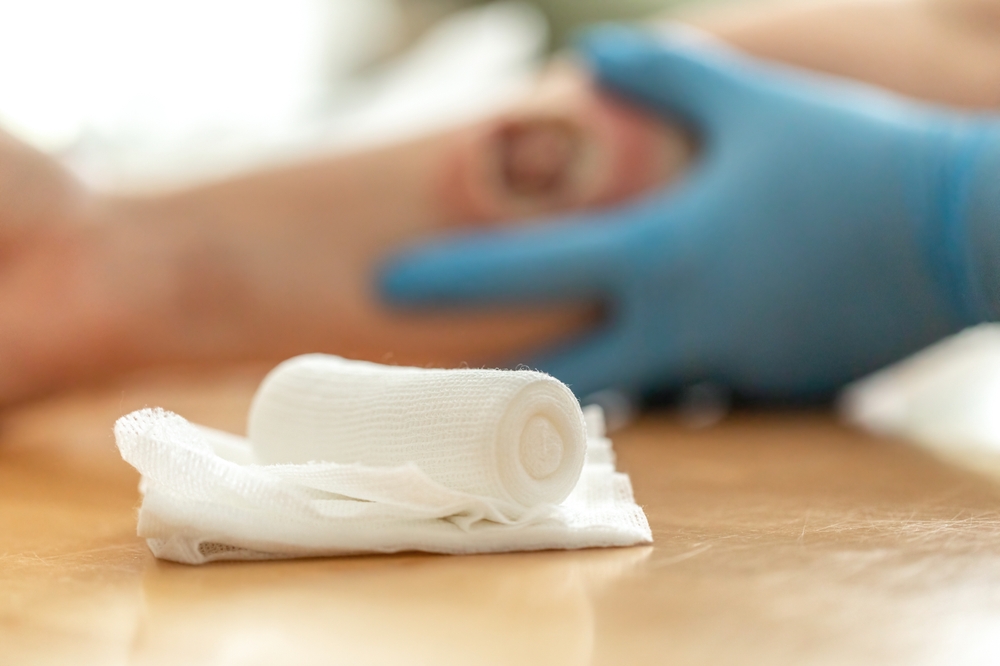My favorite book as a child was The Emperor’s New Clothes. I was fascinated by the idea that a large group of people would “go along” with something that was obviously not true based on what they could easily see with their own eyes. I often think of that story when I look at real world wound care data. For years I have been deeply worried about “fantasy wound healing rates”. If we heal nearly every wound, then why do we need billions of dollars in advanced therapeutics? Until we start talking about all the patients who do NOT heal, we won’t be able to justify the money spent on wound care or the need for more and better treatments. Our cardiology and our oncology colleagues are a lot more savvy than we are. They constantly talk about the patients who are NOT doing well with current therapies and guess what? They get research funding for more treatments.
However, there’s another perhaps more serious problem with fantasy healing rates. Wound healing is not the only thing that matters to very sick patients. Some of them are so sick that their wound is just “one more darn thing” and not even their worst problem. Healing may not be the thing they most need or want. I have heard of patients being discharged from wound centers because they were not likely to be able to heal and the wound center did not want the patient messing up their healing rates! How did we get to this point? We have lost the point of caring for patients.
In my first year of medical school, my favorite professor asked the room of eager, young faces what the goal of medicine was. One person shouted out, “To heal disease!” He responded, “No, it is to alleviate suffering.” My friend and colleague, Nurse Practitioner Jenny Hurlow sent me such a poignant email about this topic that I asked if I could post it as a guest blog. She expresses it better than I can:
Dear Dr. Fife,
I am struggling with the artificiality of the concept of “wound healing” being the only metric that counts in our field. I have heard of patients being discharged by wound centers simply out of concern that the patient will negatively affect the clinic’s “healing rates!” In my opinion, this is a shockingly abhorrent deviation from the meaning of health care. The support of healing by secondary intention involves the complex alignment of host co-morbids, such as blood sugar control, perfusion maximization, off- loading, optimal nutrition as well as patient management of recommended self-care strategies. Many patients may improve very slowly, while others do not have the basic capacity to heal. In those patients, our job should be to improve the patient’s quality of life. We need to revise our definition of success, as well as the time frame for it.
It is the science of our specialty that I’ve always enjoyed learning and working to apply. Applying the science of wound care to manage a patient’s wound is often like herding cats BUT it is a huge thrill of victory when all those pieces actually fall into place and the epidermis finally regains its protective beauty. However, this feels like a harder and harder uphill battle. Indeed, some wounds may be unable to heal due to the choices made by the patient. One of my patients has had a chronic ulcer for many years involving most of the lower leg. She is obese, spends her day riding in a scooter, she cannot extend her knees past 90 degrees, she has been in and out of acute care, taken several rounds of antibiotics, and she has refused any vascular testing because the imaging tables are too hard to lie down on. I believe that the ulcer needs a biopsy, but she has refused to allow me to obtain a tissue specimen. This is an insoluble situation. Should I refuse to care for her because she is not fully participating in her care and may never heal?
Many of our patients are profoundly unhealthy with poorly managed underlying medical conditions that are not likely to get better and in fact, are likely to get worse. More and more often, we are seeing patients whose insurance plans refuse to cover evidence-based treatments. Many have low health literacy and struggle to get transportation to their appointments. For those patients, I used to work closely with home health agencies, but now even home health is less available. Wound care seems to be increasingly focused on economic gain rather than science and seems less and less about improving quality of life and caring for the patient as a human being. And when we do achieve healing – in so many cases, sooner or later, new wounds develop, and the patient returns because we have been unable to change the underlying factors that contribute to the development of chronic wounds. Do we need to begin to have an honest conversation about what is really going on in the field of wound care?
Is this JAMA quote relevant to wound care?
“If medicine takes aim at death prevention rather than at health and relief of suffering . . then it is tacitly asserting the true goal is bodily immortality. Physicians should try to keep their eyes on the main business; restoring and correcting what can be restored and corrected, always acknowledging that… we are fragile beings that must stop sooner or later, medicine or no medicine.”
Jenny Hurlow RN, BSN, GNP-BC, CWCN
Additional Resources:
- Why Heart Failure Gets Attention and Chronic Ulcers Don’t: Cardiologists Tell the Truth About Outcomes – Caroline Fife M.D.
- Are You Brave Enough to Report Honest Healing Rates in Diabetic Foot Ulcers (DFUs)? – Caroline Fife M.D.; Publicly Reported Wound Healing Rates: The Fantasy and the Reality.
- The (Surrogate) Wound Outcomes that CMS Doesn’t Really Care About – Caroline Fife M.D.
- The HCC, The Terminator and Judgement Day for Wound Care – Caroline Fife M.D.
- Lessons from the Real World- A long education in the same direction

Dr. Fife is a world renowned wound care physician dedicated to improving patient outcomes through quality driven care. Please visit my blog at CarolineFifeMD.com and my Youtube channel at https://www.youtube.com/c/carolinefifemd/videos
The opinions, comments, and content expressed or implied in my statements are solely my own and do not necessarily reflect the position or views of Intellicure or any of the boards on which I serve.




refreshingly beautiful
In resource poor nations, the quality of life is not defined by longevity; it is defined by freedom from pain and disability. Effective Wound Care is Medicine`s 21 century gift to the poorest of the poor. Sharing this gift will open a window on the eternal within yourself.
CARPE DIEM. JMM 2017
John Macdonald MD FACS
And if we can’t heal then quality of life is also a huge gift.
Restoring quality of life is just as rewarding as healing a wound.